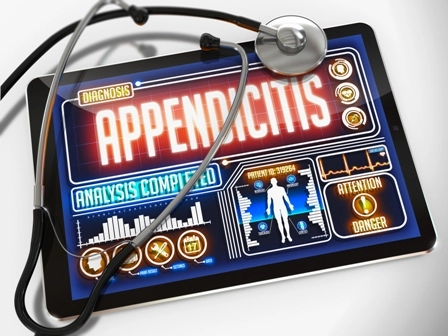ED Coding and Reimbursement Alert
Part B Coding:
Check These 2022 ED Coding and Billing Tips, Straight From Part B Reps
Published on Thu Mar 10, 2022

You’ve reached your limit of free articles. Already a subscriber? Log in.
Not a subscriber? Subscribe today to continue reading this article. Plus, you’ll get:
- Simple explanations of current healthcare regulations and payer programs
- Real-world reporting scenarios solved by our expert coders
- Industry news, such as MAC and RAC activities, the OIG Work Plan, and CERT reports
- Instant access to every article ever published in Revenue Cycle Insider
- 6 annual AAPC-approved CEUs
- The latest updates for CPT®, ICD-10-CM, HCPCS Level II, NCCI edits, modifiers, compliance, technology, practice management, and more
Related Articles
Other Articles in this issue of
ED Coding and Reimbursement Alert
- Part B Coding:
Check These 2022 ED Coding and Billing Tips, Straight From Part B Reps
Wondering about the new telehealth modifier? We’ve got answers. From reporting split/shared services to moving [...] - Modifiers:
Capture Separate E/M Pay With 3 Tips
Understand what counts as ‘separately identifiable.’ Reporting a separate evaluation and management (E/M) service every [...] - Use This Handy Tool to Differentiate Between Modifiers 25 and 57
Your modifier 25 claims should meet all of the following criteria: The E/M occurs on [...] - You Be the Coder:
Can You Tally the HPI Elements in This Note?
Question: Thanks for your article on the history of present illness (HPI) last month. I have [...] - Reader Questions:
Understand Splinter Removal Coding
Question: A patient came to the ED after she got a splinter in her foot from [...] - Reader Questions:
Consider This Fracture Presentation
Question: Notes indicate that the ED physician performed a level 5 evaluation and management (E/M) service [...] - Reader Questions:
Check ‘L’ Series for Diaper Rash Code
Question: We had a parent present to the ED with her one-year-old son, and she suspected [...]
View All




